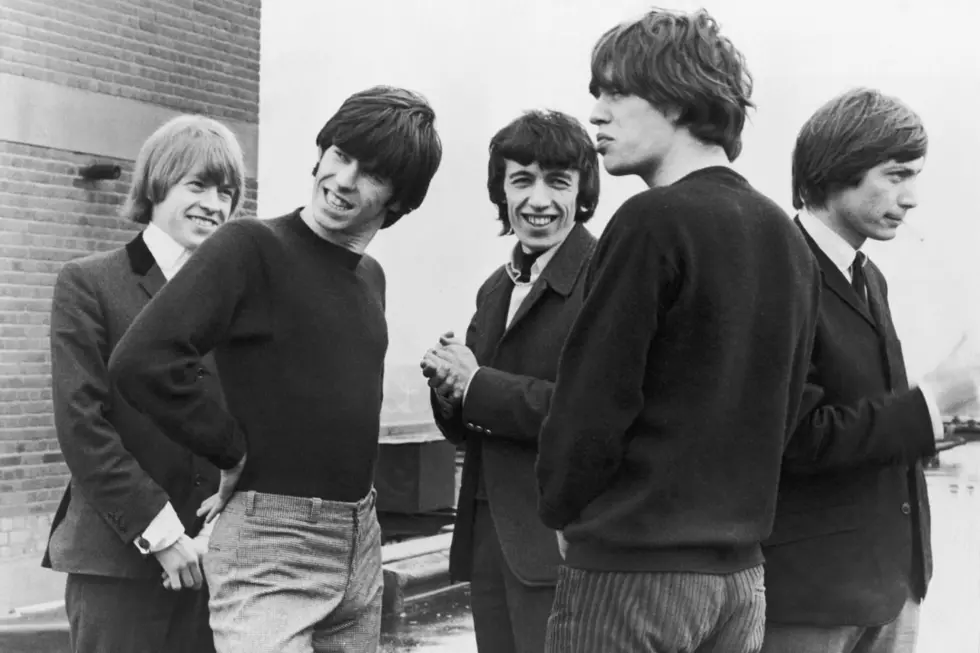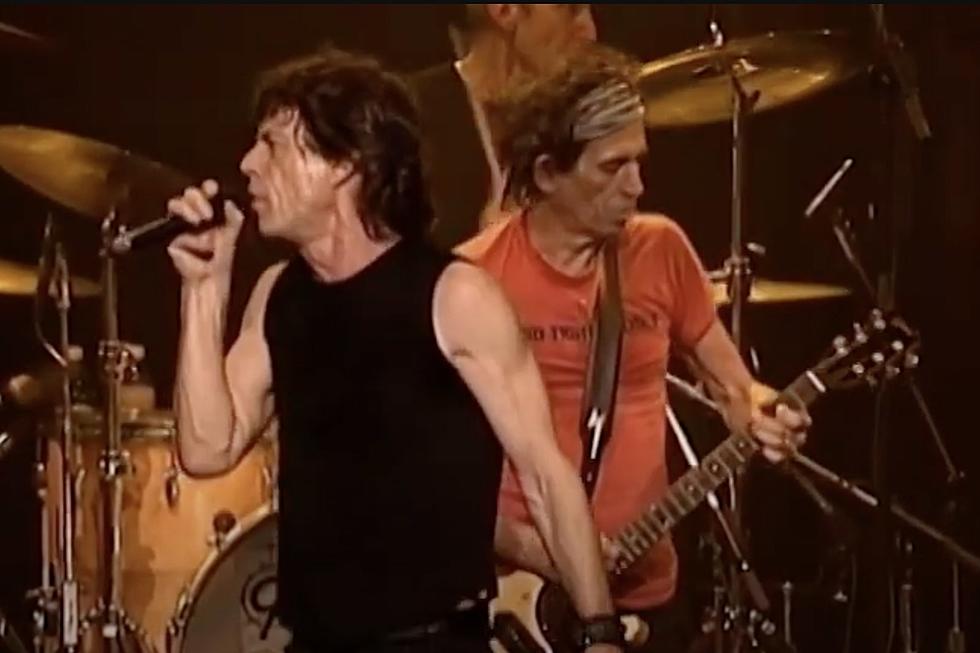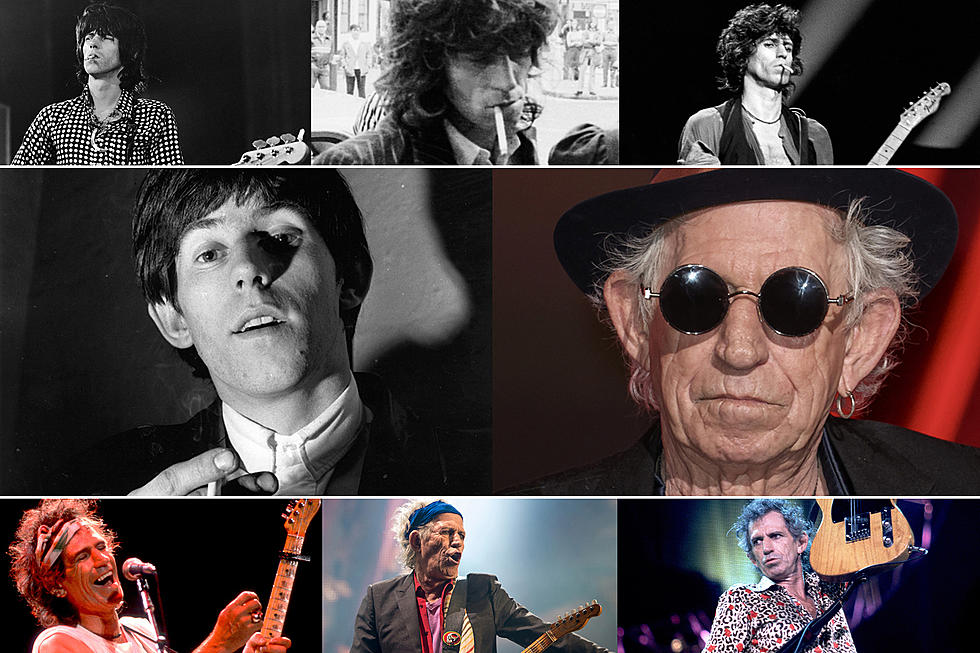
Why the Rolling Stones Got Banned in Cleveland
The Rolling Stones were no strangers to controversy from the very start. On just their second U.S. tour, the band's Nov. 3, 1964, appearance at Cleveland Public Hall became the scene of a near-tragedy.
A 17-year old girl who the Plain Dealer named as Mary Evelyn Tomei fell from the balcony. She was subsequently taken to St. Vincent Charity Hospital, and treated for bruises. In the aftermath, Mayor Ralph Locher banned the Stones from any future appearances in the city, citing Tomei's injuries and the fact that police temporarily halted the concert after 45 seconds because girls rushed the stage.
"Such groups do not add to the community's culture or entertainment," he said back then. "These groups still will be able to appear here at private halls but we do not feel we should invite this problem by making public facilities available.”
At the time, the Rolling Stones were promoting their sopohomore stateside release, 12 X 5. The ban, which was extended to all rock concerts except for existing commitments, didn't last long: They returned in June 1966 to play the Cleveland Arena.
Six weeks before the Stones performed, a Beatles's Public Hall concert was stopped for 10 minutes because of similar behavior. Though it ended up continuing, the mayhem of the concert also led to a ban on the Beatles performing in Cleveland. They, too, returned in 1966.
Even with a 10,000-seat capacity, only a little more than 1,000 people attended the Rolling Stones concert. The promoter blamed Locher's actions after the Beatles concert for the low turnout.
Rolling Stones Albums Ranked
More From Ultimate Classic Rock









